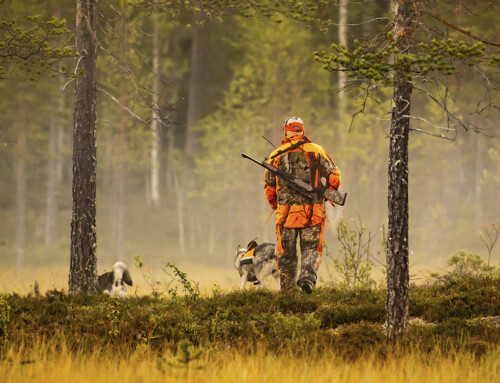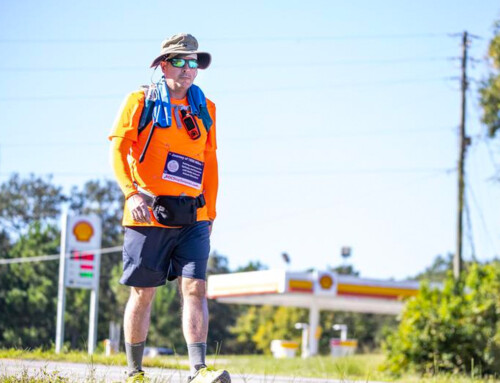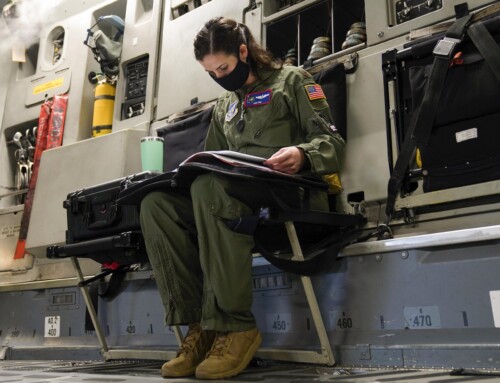 1. Liver Shot
1. Liver Shot
Lethal Shot: Yes (Follow-Up Shot Advised)
The initial reaction will be similar to that of a lung-shot deer, but the whitetail will likely slow to a walk after running a short distance. This deer may travel a quarter mile before bedding down, although 200 yards is more common.
Your arrow will be soaked with dark red blood. There will be a decent blood trail initially, but it will typically decline in quality as the trail goes on. Blood will be a deep red, and will be found in droplets, rather than spray.
Wait three to five hours before taking up the trail, and don’t give up if the blood gets sparse. This is to be expected with a liver shot, but a deer hit here will not survive.
Hint: It’s paramount not to push a liver-hit deer. It is much easier to find a whitetail in its first bed than its second or third.
 2. Gut Shot
2. Gut Shot
Lethal Shot: Yes (Follow-Up Shot Advised)
The initial reaction is obvious. The deer will typically run a few yards, arch its back, tightly tuck its tail and walk or slowly trot away. You might see the deer bed down. If there is an opportunity for another shot from where you’re sitting, take it. If the deer beds down within sight but out of range, wait as long as possible before moving.
Your arrow will have a little brownish red blood on it, and much more greenish stomach matter. It will have a rank odor from passing through the stomach. Expect a sparse blood trail, with as much stomach matter left behind as actual blood.
Wait at least 10 hours before pursuing. A deer hit through the guts generally won’t run far before bedding down, but the harsh truth is it takes a long time to succumb to this hit. You can expect to find your deer in this initial bed unless it’s jumped. If that happens, odds of recovery plummet.
Hint: If you lose the blood trail, look near water sources. Mortally wounded and injured whitetails usually seek out water.






